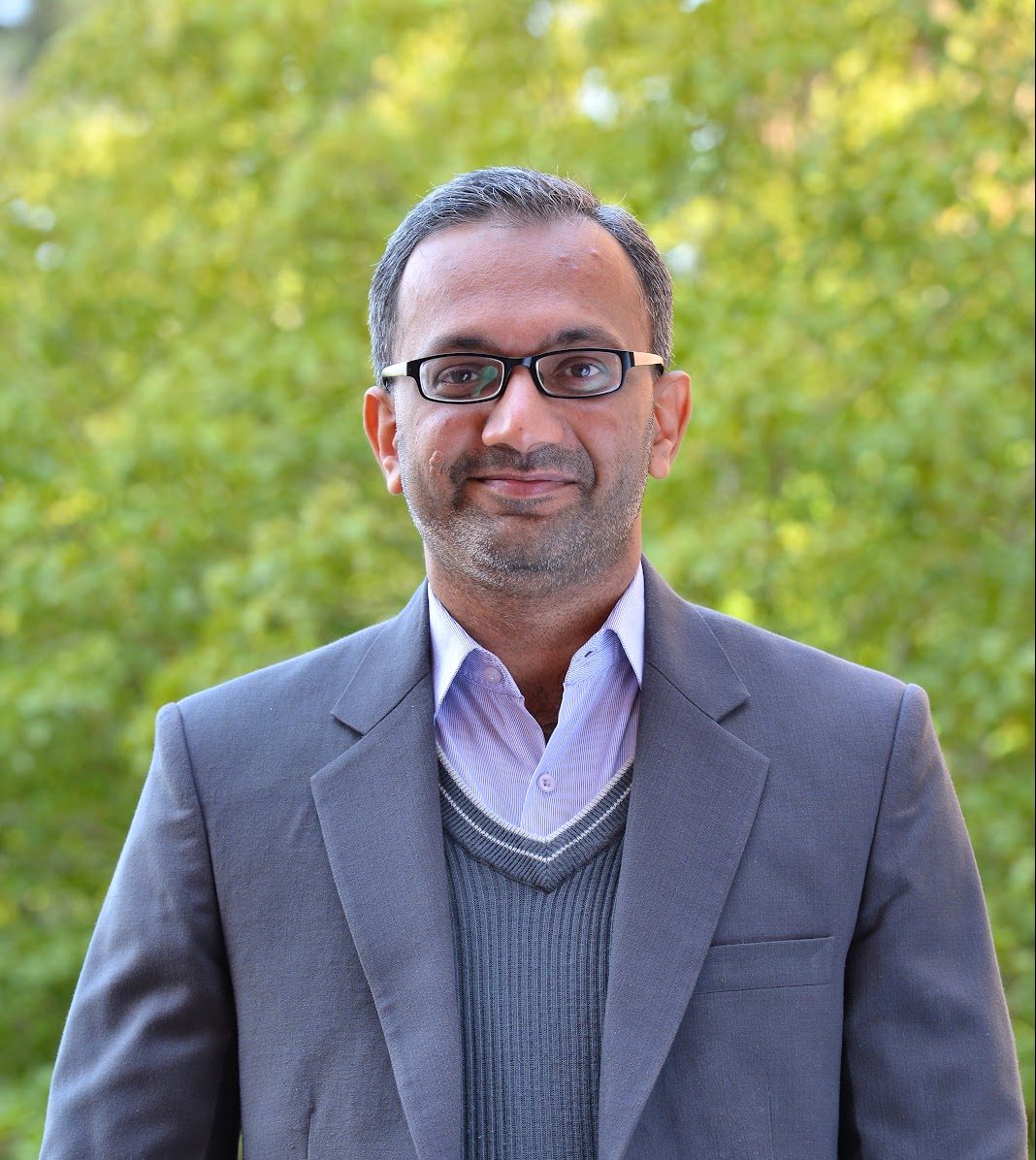Mapping the Early Childhood Gut Across Ancestry, Geography and Environment
Project Summary
This collaborative network will map the healthy gut in infants and children ages zero to five. The team will map early gut development across populations with diverse ancestry and geography, at single-cell resolution, and with linked contextual data on tissue morphology, genetic background, social determinants of health, and environmental exposures. The team will assemble transcriptomic and spatial reference datasets of mucosal tissue from the small intestine, paired with comprehensive clinical metadata, and make this data available to the wider scientific community, including the Human Cell Atlas and Chan Zuckerberg CELL by GENE. Environmental heavy metal exposure, a potential factor affecting early gut development, will also be measured and correlated to changes in gut function and cellular phenotypes.
The project includes a coordinated patient engagement strategy involving partnerships with local community organizations, parents, and stakeholders to recruit children undergoing diagnostic and therapeutic endoscopies for indications likely to yield healthy mucosal tissue. These community partnerships will also focus on knowledge dissemination and advocacy around gut health, as well as assessing community priorities for future research.
Investigators












